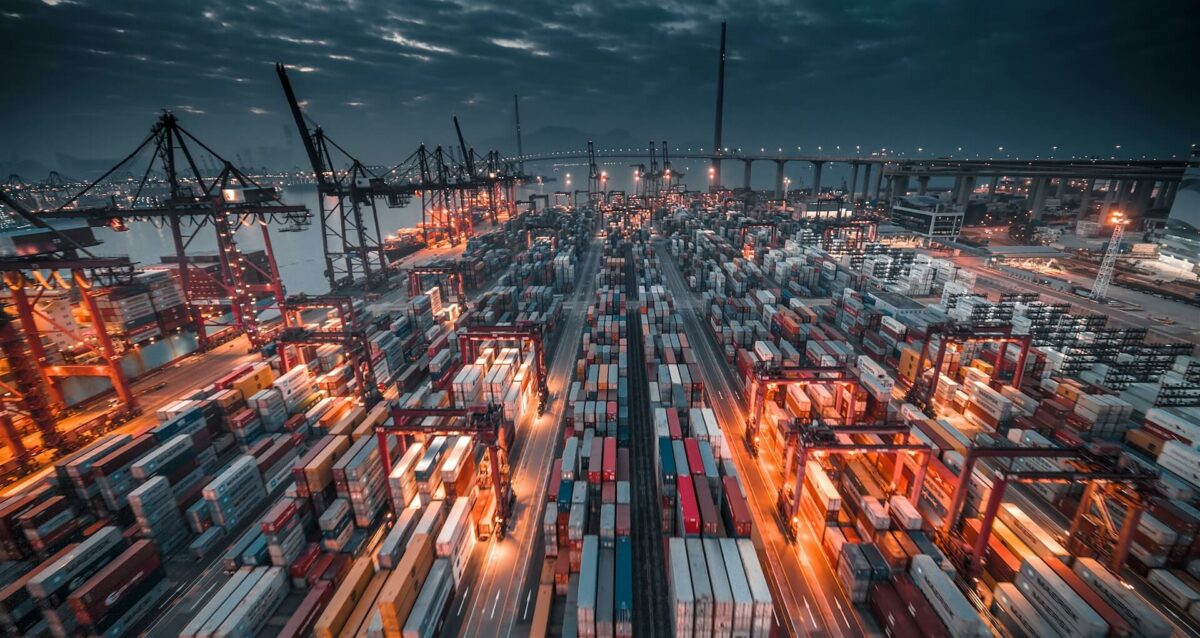Every year, the Chinese New Year mobilises the world’s largest population for 4 weeks of celebrations, a mix of traditions and colourful parades. The start of the Chinese lunar year, marking the Chinese New Year, is a period rich in festivities and traditions, but also in challenges for the global transport and logistics sector. The Year of the Dragon begins on 10 February 2024.
Traditionally, this celebration is accompanied by an extended break in China, impacting factories and workers and slowing down international shipments. Ports, customs and airports are slowing down, affecting international logistics and world trade. These interruptions have a significant impact on key sectors such as electronics and automotive, which are heavily dependent on Chinese components.
In this new year, how can you plan your shipments and find alternatives for priority shipments ?
Production slowdown across South-East Asia
Comme l’indiquait l’OMS dans son Statistical review of 2021 World Trade :
“China will be the world’s leading exporter of goods in 2020, accounting for 13% of global exports (compared with 12% in 2019)”.
The transport sector is therefore particularly dependent on China.
Although considered to be the world’s largest factory, China also knows how to outsource. It does not hesitate to use manufacturers in Bangladesh, Vietnam and Cambodia to produce large series at low prices. The principals then centralise the goods before shipping them internationally.
Production times in Asia are undeniably slowed down when Chinese decision-makers and their teams are on holiday.
The dates of factory closures during the Chinese New Year festivities, from 10 to 17 February, remain variable. Anticipating closures or slowdowns 1 to 2 weeks before the official date and the staggered resumption afterwards is essential.
To manage shipments effectively during this period, anticipation remains the key. Early booking of shipments, building up strategic stocks outside China, and using multimodal solutions are recommended approaches.
China’s major logistics centres
Goods pass through numerous airports, the busiest of which is Beijing. Maritime traffic is also extremely dense. A large proportion of sea freight transits through the major free zone ports of Shanghai, Ningbo-Zhoushan, Singapore and Shenzen, to name but a few.

In the north-west, China is focusing on multimodal freight. Xinjiang has become a vanguard of international logistics. Its many freight trains serve Russia and Europe. They can therefore offer an attractive alternative in the event of port congestion. However, during the Chinese New Year, all modes of transport are affected by the labour shortage.
How do you manage your shipments during the Chinese New Year?
The first to book their shipments will be the first to receive their goods.
To avoid costly delays and stock-outs, anticipation is key. Between the festive season and Chinese New Year, the Peak Season is in full swing. You won’t be the only one rushing to ship your goods before the national holidays…
Fortunately, the shortage of containers has now been resolved. To date, there have been almost no equipment problems.
If you can :
– Build up strategic stocks outside China, to give preference to other supply chains
– Book your transport as early as January to reduce the impact of a potential price rise on your goods and ensure that you have a place in the containers.
– Plan multimodal transport to ensure your deliveries are made as quickly as possible, depending on the availability of each airline, road, river, sea or rail carrier
– Consider sea consolidation or air freight for small volumes to be shipped quickly
– Use the services of a customs broker to clear your goods through customs as quickly as possible and avoid any further delays.
The Slack Season that follows will be particularly short. It will only last one or two weeks after the festivities. This is one of the rare moments when the volume of goods in transit and the freight rate fall.
However, to stem this fall in rates, shipowners are not hesitating to carry out blank-sailings (cancellations of stopovers). It is therefore essential to use a good freight forwarder to negotiate advantageous rates, free time exports and volumes throughout the coming quarter.
Thanks to its status as an Authorised Economic Operator (AEO), Centrimex can assist you throughout the year with all your logistics operations. Its logistics expertise, subsidiaries around the world and 3 warehouses in Rouen, Marseille and Paris enable it to manage transit to all destinations. Our agencies in Shanghai and Shenzhen wish you an excellent Lunar New Year. Our teams are at your disposal for all your shipments to and from China.




